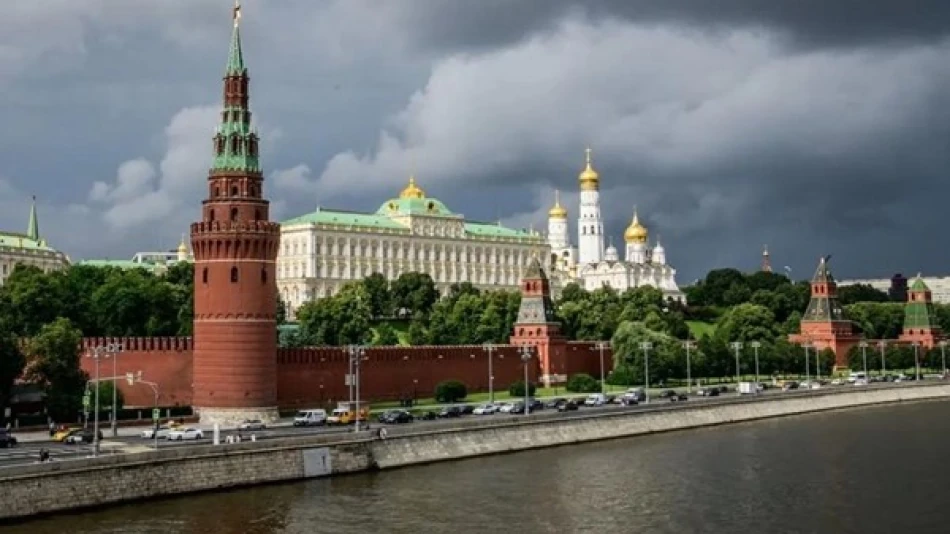
Russia Shuts Airports After Drone Downed Near Moscow: Tightening Security Amid Rising Tensions
Russia Faces Largest Drone Assault on Central Territory as Aviation Networks Shut Down
Russian air defenses intercepted 32 drones in a three-hour period targeting central regions, forcing the closure of multiple airports and flight delays across the country's core aviation network. The coordinated attack represents one of the most significant aerial threats to reach deep into Russian territory since the conflict began, signaling an escalation in long-range strike capabilities.
Coordinated Strike Disrupts Russian Aviation Hub
Moscow Mayor Sergey Sobyanin confirmed that air defense systems successfully intercepted a drone heading toward the Russian capital on Saturday, with specialists examining debris fragments on the ground. The Federal Air Transport Agency (Rosaviatsia) suspended operations at airports in Izhevsk, Nizhny Novgorod, Samara, Penza, Tambov, and Ulyanovsk—all located east and southeast of Moscow in Russia's industrial heartland.
The disruption extended to St. Petersburg, Russia's second-largest city, where airport officials reported dozens of delayed flights, creating a cascade effect across the country's aviation network.
Strategic Targeting of Economic Centers
The choice of targets reveals a sophisticated understanding of Russian infrastructure vulnerabilities. The affected regions house critical manufacturing facilities, including defense contractors and energy installations that support Russia's war effort. Nizhny Novgorod, for instance, hosts major automotive and aerospace industries, while Samara produces rockets and aircraft engines.
Escalation in Long-Range Warfare Capabilities
The Russian Defense Ministry's confirmation of 32 intercepted drones over three hours represents a significant operational escalation. This volume suggests either improved production capabilities or stockpiling for coordinated strikes—a tactical shift from earlier sporadic attacks on border regions.
The geographic spread of targets, extending hundreds of kilometers from the Ukrainian border, demonstrates enhanced range and navigation capabilities. Previous drone incidents primarily affected border regions like Belgorod and Kursk, making this central Russia offensive a notable expansion of operational reach.
Aviation Security Implications
The simultaneous closure of six regional airports highlights the vulnerability of civilian aviation infrastructure to drone threats. Unlike missile attacks that follow predictable ballistic trajectories, drones can approach from multiple vectors and altitudes, forcing broader airspace restrictions.
This creates economic pressure beyond immediate military targets, as aviation disruptions affect cargo movements, business travel, and regional connectivity—particularly significant for Russia's geographically dispersed economy.
Broader Strategic Context
The coordinated nature of this attack suggests improved intelligence gathering and mission planning capabilities. The three-hour window indicates either multiple launch points or sophisticated timing to overwhelm air defense systems through sustained pressure rather than single-wave strikes.
For Russia, defending against distributed drone threats requires different resources than intercepting ballistic missiles. Air defense systems optimized for high-altitude, high-speed targets must now contend with smaller, slower-moving drones that can exploit gaps in radar coverage.
This operational shift mirrors broader trends in modern warfare, where relatively inexpensive drones can disrupt expensive infrastructure and force costly defensive responses—a dynamic that has proven effective in conflicts from the Middle East to the South China Sea.
 Layla Al Mansoori
Layla Al Mansoori







